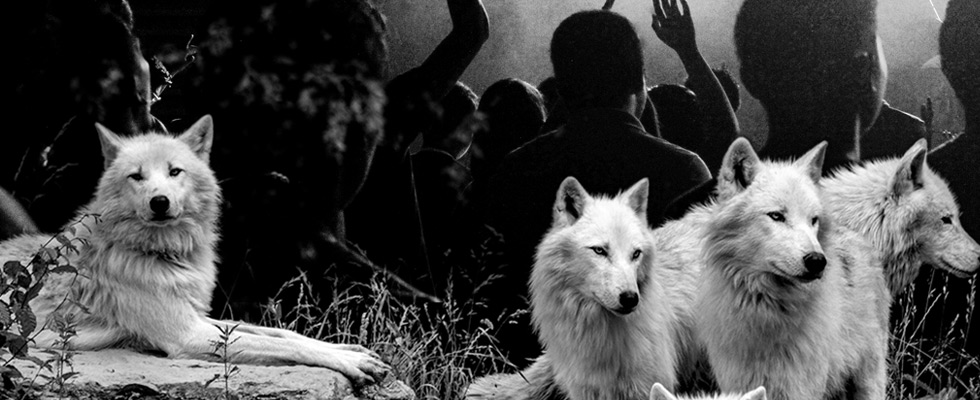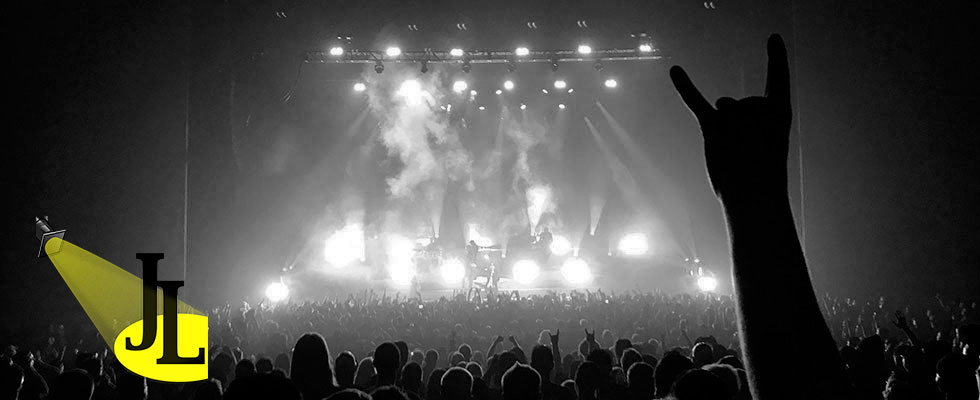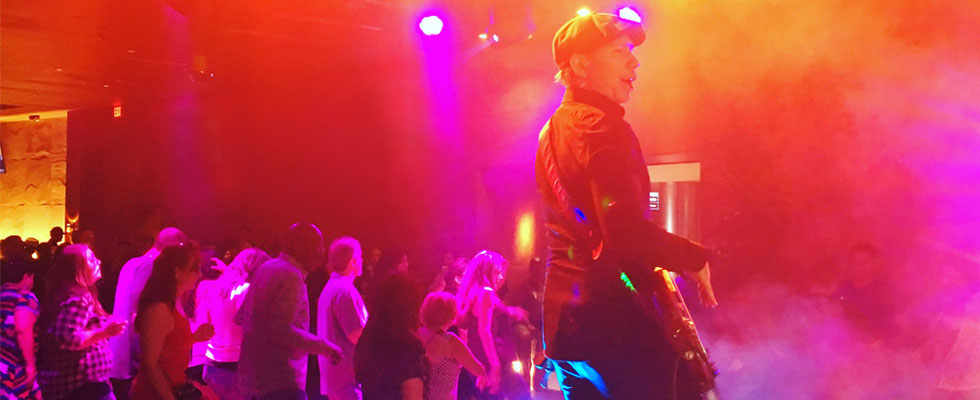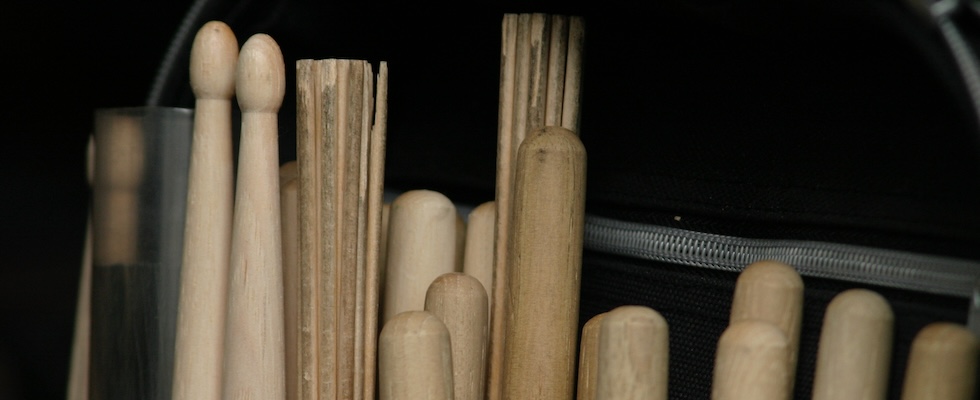
What do Millennials, DJs, and funnels have in common?
The answer may surprise you. As fun as the three combined may sound, it isn’t the set-up for a new drinking game. Instead, the three components come together to help us understand the future of the gaming industry and how we can capitalize on an impending change now efficiently and cost effectively through entertainment.
The Millennial demographic was the topic of discussion at the 2015 Global Gaming Expo in Vegas, as this collection of consumers brings with them a huge opportunity and perhaps an even larger challenge. According to the PewResearch Center, Millennials are projected to surpass Baby Boomers as the nation’s largest living generation 75.3 million to 74.9 million by the end of 2015. Normally an increase of this magnitude would be a welcome sign in any market – a fresh crop of new consumers to replace the old. However, this new charge doesn’t appear to be responding on the gaming floor in the same way as their ancestors. Research is revealing that Millennials typically find current slot products uninteresting, seek skill-based games, want a social atmosphere, and prefer night clubs over gambling – pretty much the opposite experience that has been cultivated collectively by the industry up until now. This has left many in unchartered waters as they seek out what drivers will lead this next generation to the gaming floor. According to the CEO of the American Gaming Association, Geoff Freeman, there is “going to be a lot [of] throwing things up on the wall and seeing what sticks.”
Freeman’s statement provides us with a key element regarding Millennial based marketing in the casino business. It suggests that they may not be opposed to gaming, but rather they are sitting at the top of the marketing funnel, a place where consumer behavior teaches us that prospects are still learning how the intended products and services can enhance their lives. This, in turn, tells us two things. One, it will take time before this group will take the place of the profitable consumers currently on the gaming floor. Second, because the head of the funnel is larger than the spout we will need to fill it with more prospective Millennial gamers so a reasonable amount can filter down the funnel and eventually replace their predecessors. Taken together, this creates a unique challenge as we are left with two disparate groups within the funnel. Sitting at the bottom are previous generations who are converted, loyal, and most likely advocates for a particular brand. As such, they provide the property with the majority of its revenue at this moment in time. However, the longevity of a casino’s success will eventually rely on getting enough Millennials to replace them at the bottom of the funnel.
So how does a casino’s marketing team attack this situation? With the current mix of generational consumers nearly split down the middle, you cannot simply cut the budget of one and give it to the other. Especially when you are taking away from the profitable sector in the Pre-Millennials and allocating it to the generation that is still contemplating if your services are the right offerings for them. For these same reasons, it would be unwise to dramatically re-align your entire marketing message and risk alienating those gamers that currently help you keep the lights on. What you can do now is to re-align through your entertainment offerings– especially if you are a larger entity with various programming opportunities such as lounges, clubs, showrooms, pools, and restaurants. Take Las Vegas where many prominent casino brands have adopted a tent pole design that “props up” the organization by attracting non-gaming individuals to the property through key entertainment offerings. Many big names on the strip include four elements in their portfolio: (1) a branded show such as Cirque, The Blue Man Group, or Absinthe; (2) a headliner such as Céline Dion, Carrot Top, or Britney; (3) a celebrity chef/kitchen such as Gordon Ramsay, Wolfgang Puck or Emeril Lagasse; and (4) a big-name DJ such as Steve Aoki, Dash Berlin, or Tiësto.
These poles achieve a lot of good for the casino. For one, they create additional income centers for the property. In 2013, an article in The New Yorker reported that half of Steve Wynn’s profits were coming from his dance clubs with the gaming floor beginning to take a back seat to bottle service and confetti cannons. The pole’s also provide powerful branded ammunition to compete in Vegas’ noisy market. Today, nearly every major casino on the strip features a high-end night club and outlandish pool parties stacked with brand-name DJs. MGM has Hakkasan with Steve Aoki and Tiësto on regular rotation; Encore has XS with the likes of Diplo, Zedd, and Manufactured Superstars; The Cosmopolitan has Marquee with Cash Cash and Dash Berlin. You can grab a Gordon Ramsay Burger at Planet Hollywood or one of his steaks at Paris before you head out to a Cirque de Soleil show at Aria, New York New York, the Bellagio, the Mirage, Mandalay Bay or Treasure Island. Any of these offerings could be destinations in and of themselves in other markets, but in Vegas they are revenue centers, marketing machines, and perhaps most importantly investments in a Millennial generation that hasn’t even been realized yet. Why? Because they continue to bring potential new prospects onto property, which places them in the mouth of the funnel where they begin their journey of learning how gaming can enhance their lives and (hopefully) move down into the spout to become brand ambassadors.
This pole design is not exclusive to Las Vegas or even properties with big brand names and even bigger budgets. Many casinos outside of Sin City have multiple bars, more than one restaurant, and spaces that can create revenue and achieve long-term branding goals if properly utilized. This makes it very plausible to craft a diversified entertainment program that appeals to your current profitable customers while luring future prospects onto the property. You can continue to appease your Pre-Millennials with showroom entertainment while hosting afternoon pool parties with regional DJs that drive those Millennials across your floors where they can hop in the funnel and begin the process of learning about your brand and how it fits in their lives. Clubs, lounges, and bars can easily be rebranded by adjusting the entertainment offerings towards one side or the other and then allowing the demographic shift to happen naturally (or with a little marketing push if needed), just as adjustments in menu selections and price points can sway the clientele in a chosen restaurant. These are all efficient and cost-effective modifications that can be done without sacrificing your budget or the overall brand of the property and they can help protect your very valuable current assets in the Pre-Millennials while positioning your property for long-term success with this next generation of prospective consumers by allowing them to investigate your offerings while your management team can learn what drives their behaviors, so your property is ready to capitalize when the time is right.
Lego Photo by Stefan Schindler from Flickr Creative Commons
Marketing Funnel from http://adamhcohen.com



